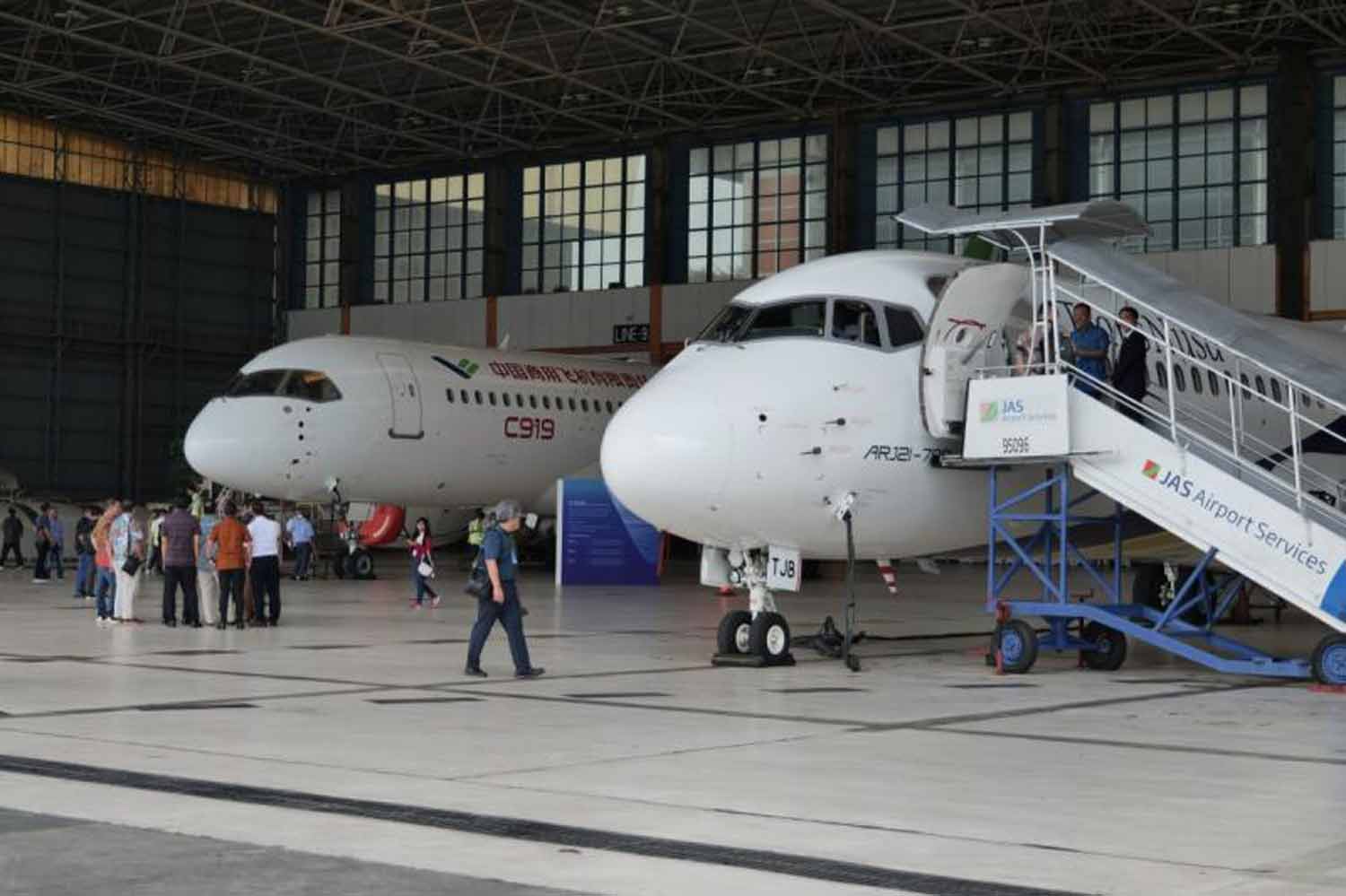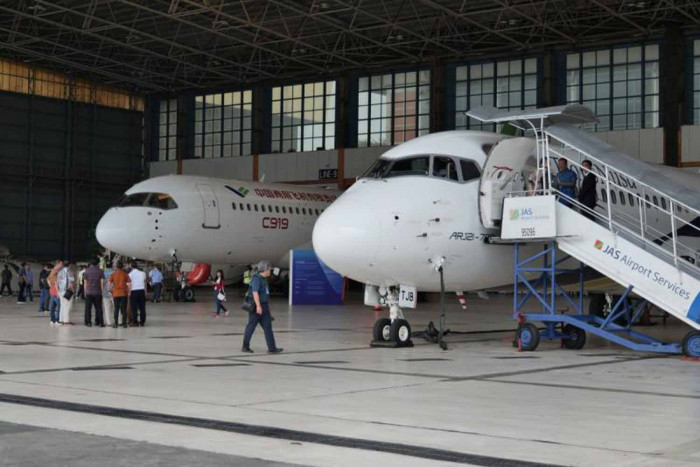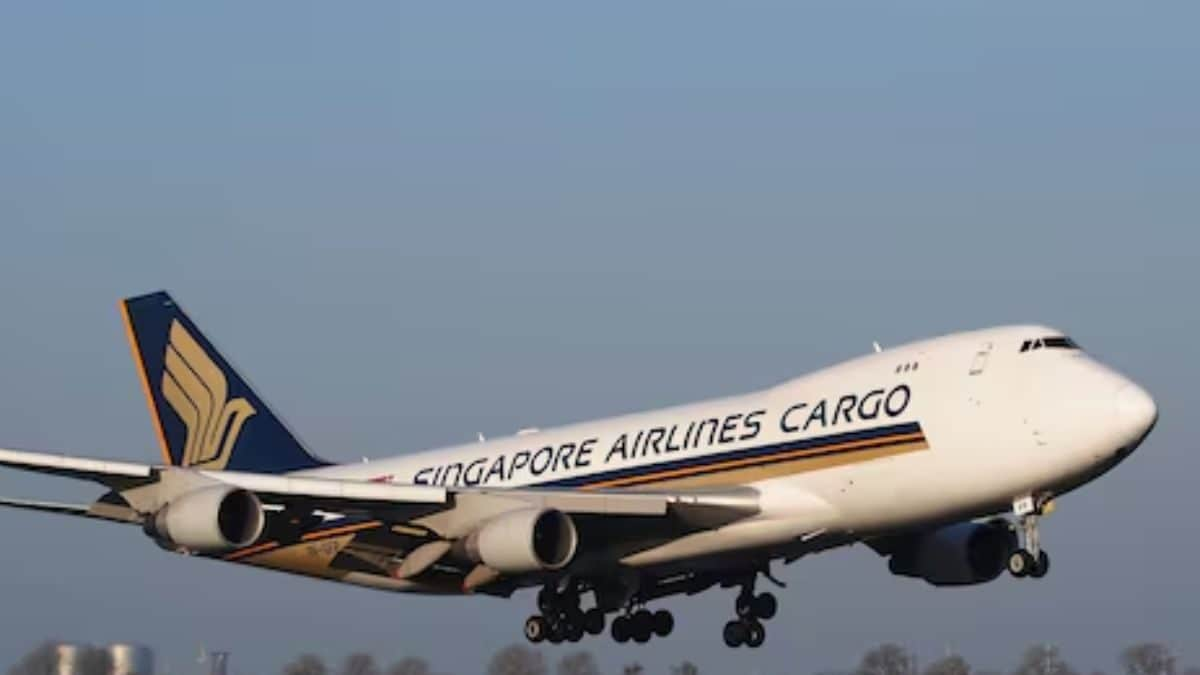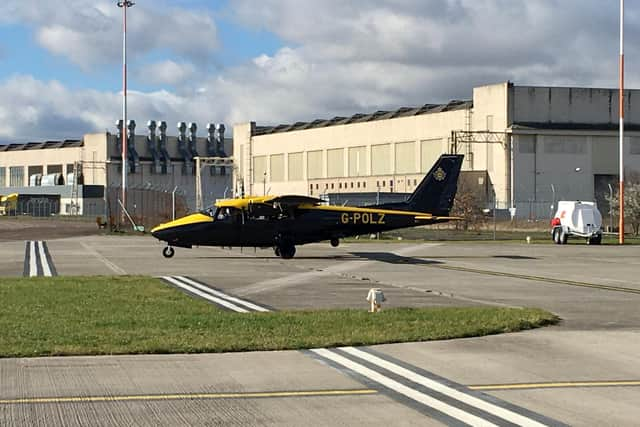
China expects to make progress on an advanced aeroplane engine, a bigger commercial jet, and an amphibious search-and-rescue aircraft under a government plan to upgrade production equipment across industries through 2027 and improve the economy.
A notice from seven central government departments calls for “promoting the aviation industry to comprehensively develop final assembly-integration capabilities and supply-chain-supporting capabilities for a large aircraft, a large amphibious aircraft, and an engine”.
The March 27 notice calls for “updates and upgrades of high-end, advanced equipment” to reach those goals.
China is working on its first home-grown turbofan commercial aircraft engine, the CJ1000, to reduce reliance on imports.
The CJ1000’s developer, the Aero Engine Corporation of China, had expected to receive an airworthiness certification by 2025, but research reports have indicated that mechanical setbacks and a lack of experience in testing and assembly have held back development.
“China definitely feels the urgency to develop its own aircraft engines,” said Liang Yan, chair of economics at US-based Willamette University, pointing to efforts by former US president Donald Trump to block exports of an American engine type to China.
“With the new industrial policy and plan to boost new productive forces, I think various advanced manufacturing will accelerate and help aircraft,” Liang said.
The C919 narrowbody airliner developed by the Commercial Aircraft Corporation of China (Comac) still depends on foreign components, including for its engine produced by a joint venture between GE Aerospace of the US and France’s Safran Aircraft Engines.
GE Aerospace recently announced a US$5.2 million investment in its engine-parts plant in Suzhou, Jiangsu province, to increase capacity and start production on the GE9X engine for the C919.
The C919 is China’s first domestically produced narrowbody commercial airliner, in a league with the Airbus 320 and Boeing 737 aircraft families. Chinese airlines currently get most of their larger planes from Airbus and Boeing.
Equipment upgrades targeted by Beijing cover factory tools, farming equipment, the photovoltaic energy sector, the production of electric vehicles, and aviation.
Chinese leaders are trying to guide the world’s second-largest economy toward a stronger post-pandemic recovery and increased self-sufficiency in the face of US curbs on trade and technology.
“A ‘made-in-China’ CJ1000 engine would improve prospects for Comac – not immediately, but in the near-term – reflecting the progress that’s been made, especially in terms of safety,” said Shukor Yusof, founder of Singapore-based aviation consultancy Endau Analytics.
The government document said equipment upgrades are also linked to improving the AG600, the world’s largest amphibious plane.
China began work on the AG600 in 2014 to meet growing demand for an emergency rescue aircraft that can fight forest fires and aid in maritime searches. The developer, China Aviation Industry General Aircraft (AVIC), conducted maiden flights over land in 2017 and at sea in 2020, followed by the start of airworthiness tests this year, according to Chinese state media outlets. Technological setbacks had pushed back the plane’s development in recent years.
To give China a commercial airliner bigger than the C919, Comac has reached a 175-million-yuan ($24.2 million) agreement with Hunan Aerospace Huanyu Communication Technology to build metals, composites and components for its widebody C929 passenger jet, according to a stock market filing.
Comac expects to begin C929 deliveries in 2027, a company official said at an event in Shanghai last month.
Overseas sceptics of the C919 have said the aircraft relies too heavily on foreign-made parts, but those parts may also help the aircraft pass safety tests outside China, where it has garnered few sales.
“The fact that it’s using Western engines that are used in other aircraft makes it easier,” said Brendan Sobie, founder of the Singapore-based consultancy Sobie Aviation.
Across industries, investment in industrial equipment upgrades will grow by more than 25 per cent by 2027 compared with 2023, the government statement said. The penetration rate of digital research, development, and design tools would increase by 90 %, it said.
Chinese officials aim to reach their 2027 goals in part by establishing special loans for technological innovation and equipment renewal, the government statement said. It added that local governments should “strengthen protection of essential resources” such as land and energy to support upgrades.
“Promoting large-scale equipment upgrades in industrial fields is conducive to expanding effective investment and promoting the continuous increase in the proportion of advanced production capacity,” the government document said.
Scientific and technological advances across industries to date will help China’s economy grow by about 5.3 per cent this year, despite the nation’s rapidly ageing workforce, according to Hoe Ee Khor, chief economist with the Asean+3 Macroeconomic Research Office. He pointed to previous gains in agricultural technology, factory automation and e-commerce technology.
“That’s going to increase the productivity growth of the Chinese economy, and that happens at a time when the population is ageing,” Khor said at a news conference on Monday.







0 Comments